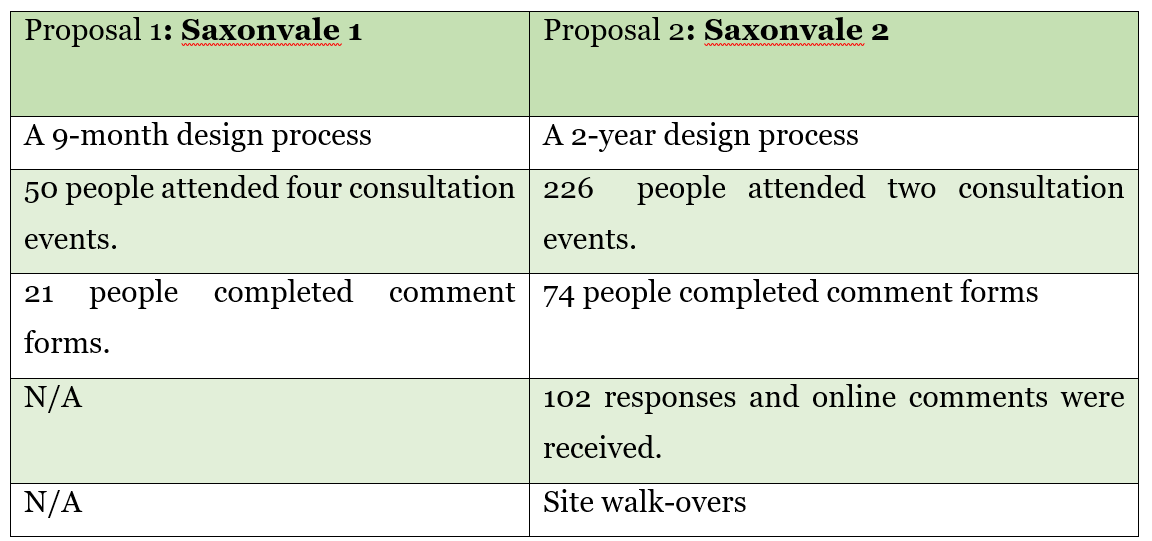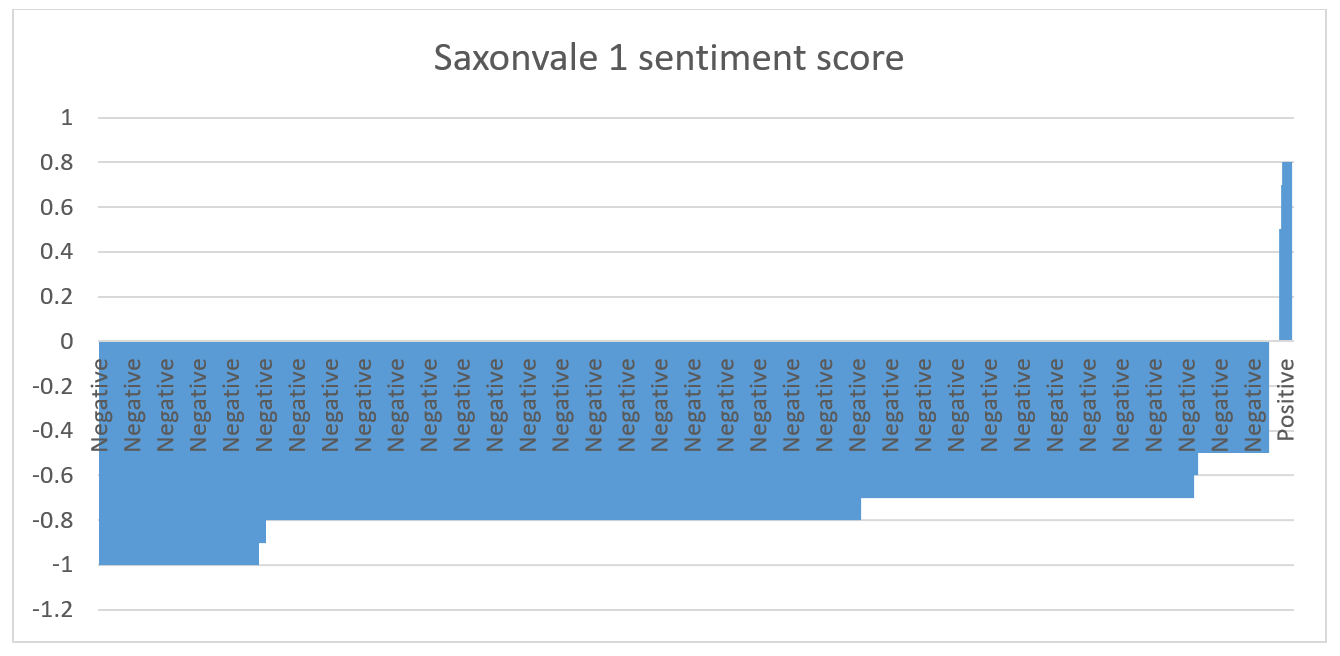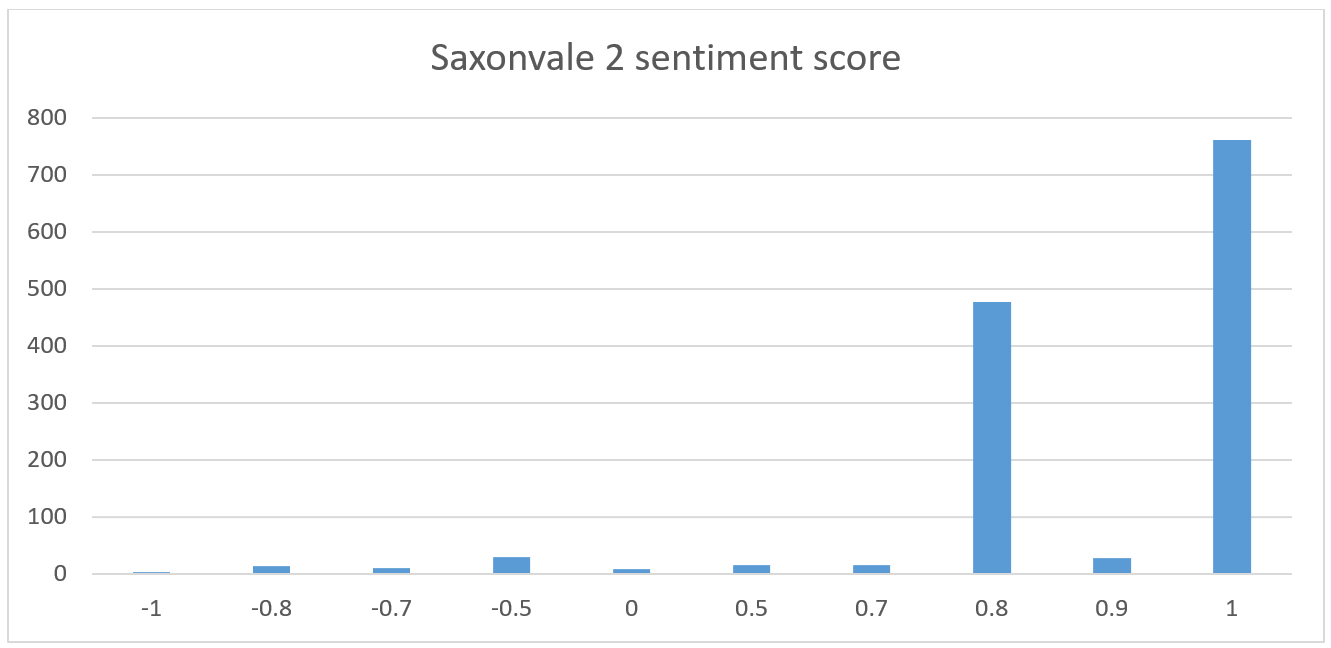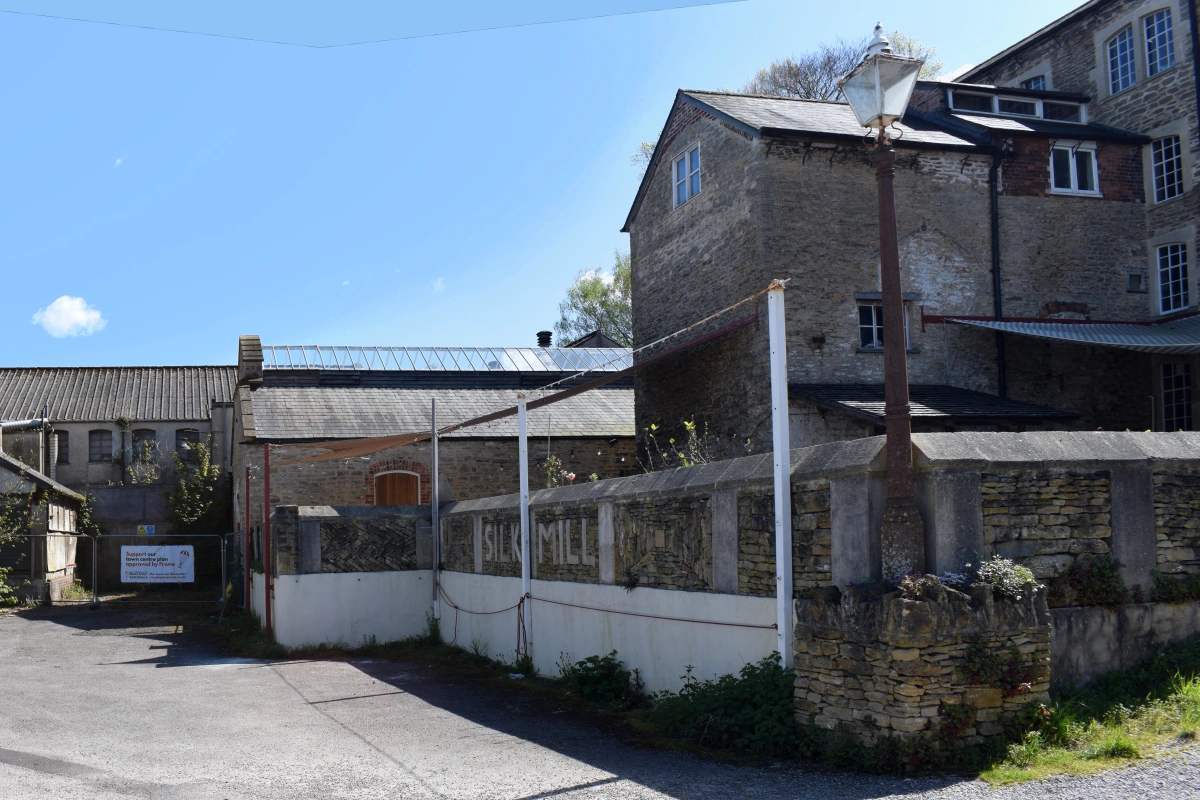(Part 2 of a 4-part Series)
Outcomes
During the planning application consultation for Saxonvale 1, a more demolition-focused proposal, struggled to justify the proposals within a conservation-sensitive area, contributing to public and regulatory friction. The research found that these proposals were considered “inappropriate” to the site’s heritage value and local character, which required more detailed assessment in order to understand the implications of the proposals. For examaple, the sub-phases of industrial expansion are an important part of the site’s history that related to the small cluster of buildings included in the demolition plan without consideration of the significance of their role within the site. Moreover, non-designated assets are undervalued and there is a failure to consider sites within an “area or regional basis” context, emphasising the need for a broader, more holistic understanding of heritage value. Also unacknowledged were World War II buildings in which innovations were developed and contributed significantly to the war effort. Between 1903 and 1930 Ordnance Survey Maps show a change of use from silk processing to engineering works, J.H.Nott and Sons of Swansea. As an engineering enterprise making floats, they mad a significant contribution to the Second World War.
In addition, the community’s understanding of placemaking and local identity was excluded. Decision-making for Saxonvale 1 balanced with the planning authority and consultees but did not adequately reflect the community’s understanding of placemaking, and genuine participatory design was not achieved. This was evidenced by online comments. This meant that the nuanced values associated with the site, from the community’s perspective, were not fully integrated into the assessment of what constituted an unsustainably dense development in a conservation-sensitive area. Moreover, the decision-making process for those proposals did not reflect meaningful participatory design.
Table 1: Methods of community engagement
Conversely, Saxonvale 2’s integrated, reuse-focused design, clearly linked to preserving the site’s existing character and community identity. This was evidenced by online comments reflecting that the design aligned with broader conservation and placemaking goals. It revealed that this approach ensured a locally embedded understanding of heritage connections, which directly contributed to its perceived proportionality and acceptance.

Plate 1: Online comments by members of the public when posting their reactions to Saxonvale 1
In addition, more in-depth professional-based research was undertaken, which revealed adjacent pre-industrial structures that could be damaged during demolition. Once their presence was known, measures were taken to protect them, which aligned better with sustainable and conservation goals. This clarity helped facilitate better project integration through a design code.
Further practical insights
Beyond the direct benefits of reuse and regulatory clarity, the research also revealed the power of proactive engagement and revealed the challenges caused by delays and progressive disrepair.
The power of proactive engagement
It underscores that sustained, two-way community dialogue, exemplified by Saxonvale 2’s extensive design workshops, not only gains project acceptance but also actively shapes more sustainable designs that truly reflect local needs and context, avoiding later conflicts. Online comments lodged on the planning portal by the public confirmed that the design better aligned with broader conservation issues and met local needs more meaningfully. This sustained, two-way dialogue resulted in more active participation and fewer objections, demonstrating that genuine involvement in design is key to project acceptance and social sustainability. This illustrates how meeting local needs directly underpins a project’s overall sustainability and viability.

Figure 1: Saxonvale 1 sentiment score from 1,541 responses 1,520 were negative. Approximately, 2.2% of online responses expressed similar comments about additional information and revised aspects of the application but different sentiment score. These are included in the graph. The planning portal lists some responses as saved only under the ‘Comments Tab’ though 10 of these were not located by the webscrape were cross-checked using direct downloads of responses and therefore deemed missing from the portal. Comments with the same content by different people were counted (Appendix 5).

Figure 2: Saxonvale 2 sentiment score from 1,441 responses 1,421 were supportive. Approximately, 11% of online responses were made by the same person expressing similar comments about additional information and revised aspects of the application (Appendix 5). These are included in the graph.
Addressing delays and disrepair
The research analyses how understanding the factors that cause redevelopment delays can inform strategies to keep historic buildings in active use, preventing long-term vacancy and disrepair—a critical aspect of maintaining their inherent sustainability. The research also analyses the challenges that cause redevelopment delays, often leading to buildings becoming vacant and falling into disrepair. It implicitly highlights how strategies like “meanwhile use” (temporary occupancy for shops or workshops) can be crucial. Keeping buildings active prevents further deterioration, maintaining their structural integrity and preserving their embodied carbon. This makes eventual permanent refurbishment more feasible and less costly, directly contributing to long-term sustainability by ensuring these assets remain viable rather than becoming derelict.
This primary research, through its grounded analysis of real projects and practical challenges in Frome, offers an indispensable body of knowledge that can directly shape and elevate future professional practice in sustainable heritage regeneration.


No Responses